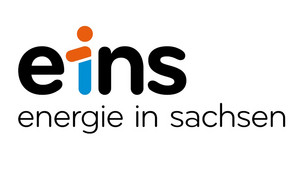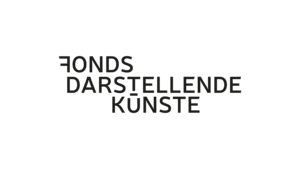Jeppe Hein: Modified Social Bench for Jahnsdorf #1
Jahnsdorf
![[Translate to Englisch:] Jahnsdorf Modified Social Bench Jeppe Hein Foto Ernesto Uhlmann 4](/fileadmin/_processed_/8/4/csm_Jahnsdorf_Modiefied_Social_Bench_Jeppe_Hein_Foto_Ernesto_Uhlmann__5__43fea6d1e0.jpg)
![[Translate to Englisch:] Jahnsdorf Modified Social Bench Jeppe Hein Foto Ernesto Uhlmann 3](/fileadmin/_processed_/9/c/csm_Jahnsdorf_Modiefied_Social_Bench_Jeppe_Hein_Foto_Ernesto_Uhlmann__6__cad9769975.jpg)
Inspired by the benches in New York's Central Park and his exploration of themes such as "proximity and distance", the artist Jeppe Hein, who was born in Copenhagen/Denmark in 1974 and lives in Berlin, has developed a series of sculptures entitled "Modified Social Bench". The artist modifies the typical arrangement of seating surfaces, backrests and angles found around the world, as well as the height of benches as part of street furniture, so that sitting becomes both a physical and non-verbal communicative act.
Hein's bench object, specially designed for the Jahnsdorf location, uses curves and differences in height to create a course that invites people to sit, lie down or slide around dynamically. In a playful way, he also dissolves the common principle of prohibiting the direct touching or use of art and poses questions about the conventions of dealing with the artwork. Hein also extends his questioning to today's common functional objects of public space themselves, which are usually set up and initiated by local authorities and municipal administrations: Sealed surfaces, city benches, playground furniture or even design sculptures. As a result, egalitarian and open spaces are increasingly disappearing, being rendered unusable or closed off with the aim of protecting them from vandalism, misappropriation or sabotage.
Together with the citizens of Jahnsdorf, the artist counters this controlling and marginalising design of urban space with a work of art in an undesigned space below the railway station. Here, Hein's sculpture "Modified Social Bench for Jahnsdorf #01", created in 2024, playfully opens up a field of interpersonal communication in which the meeting of people takes centre stage.
(Text: Alexander Ochs / Ulrike Pennewitz)
Jeppe Hein
Modified Social Bench for Jahnsdorf #1
In Jahnsdorf, playground at the railway station
Material: powder-coated aluminium
Size: 1.45 x 6.61 x 5.32 m
Set up with the support of the municipality of Jahnsdorf.
Address:
Playground at the railway station
Straße der Jugend 5
09387 Jahnsdorf / Erzgebirge
to the location on Google Maps
There is a lot to discover at the PURPLE PATH! Experience tips presented by the Tourismusverband Erzgebirge e.V.
↗Recommendations for Jeppe Hein's ‘Modified Social Bench for Jahnsdorf #1’
![[Translate to Englisch:] Jahnsdorf Modified Social Bench Jeppe Hein Foto Ernesto Uhlmann](/fileadmin/_processed_/7/8/csm_Jahnsdorf_Modified_Social_Bench_Jeppe_Hein_Foto_Ernesto_Uhlmann_f9708f2885.jpg)
![[Translate to Englisch:] Jahnsdorf Modified Social Bench Jeppe Hein Foto Ernesto Uhlmann 8](/fileadmin/_processed_/f/e/csm_Jahnsdorf_Modiefied_Social_Bench_Jeppe_Hein_Foto_Ernesto_Uhlmann__1__d8d899ad06.jpg)
![[Translate to Englisch:] Jahnsdorf Modified Social Bench Jeppe Hein Foto Ernesto Uhlmann 7](/fileadmin/_processed_/3/9/csm_Jahnsdorf_Modiefied_Social_Bench_Jeppe_Hein_Foto_Ernesto_Uhlmann__2__d30a8bbe1a.jpg)









































